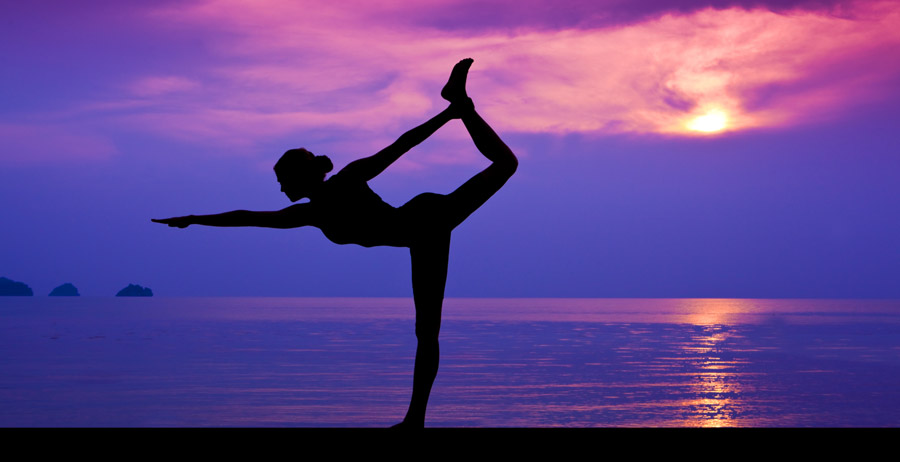 As a form of exercise, yoga holds many benefits for the body and mind.
As a form of exercise, yoga holds many benefits for the body and mind.
As it has become more popular in Western culture, these benefits have become increasingly publicized. Although yoga holds central benefits, there are multiple forms or styles with individual benefits for the body and mind. Here I will cover the most common types.
Hatha Yoga
Hatha yoga is the most common type taught and practiced in the Western World. Its barriers are minimal and the form encompasses all of the major benefits of yoga in general. It is excellent as an entry route and suitable for all levels of competence. In a session, the class will normally work on about 12 poses (or asanas) and do so slowly and smoothly. The purpose is to work all muscles, stretch and combine this with breathing for a whole body workout. This type can be done at a variety of intensities.
Bikram Yoga
Yoga performed in a very warm room is also common and is known as Bikram or ‘Hot’ yoga. The heat increases the intensity of the workout but will also loosen up the muscles to allow for deeper stretching.
Ashtanga
Ashtanga is more commonly referred to as ‘power’ yoga and is specifically designed to build both strength and power. This form is very aggressive and moves from pose to pose very quickly while individually being very challenging as well.
Ashtanga does not focus on the traditional aspects of yoga such as meditation and breathing but is more akin to weight lifting and endurance exercising. It may not be suitable for beginners but would provide a very complete and physically challenging workout for people who are already very fit and healthy.
Vinyasa
For beginners, many teachers and professionals will promote the trial of Vinyasa. This form focuses on breathing and stretching in synchronization while being vigorous in regards to a total body workout. Many people have heard of the sun salutation and this form of yoga will take a series of poses such as this and utilize them to sync breath and pose together. Core muscles are regularly worked in Vinyasa.
Ivengar
The final ‘common’ form is Iyengar. This type focuses upon posture and body alignment and can vary in complexity and intensity a great deal. Practitioners will find beginner classes as well as advanced classes of this type. Poses are held for a long period of time in Iyengar and correct body alignment is the central focus.
Yoga blocks and straps are often used to aid the poses and to increase the intensity. Again core muscles are used and this form can help correct posture and body alignment.
As with any type of physical activity, it is up to the individual practitioner to choose what type of yoga will be best for them and their goals. Each type of yoga has its own benefits, and you should choose what will work best for you.
